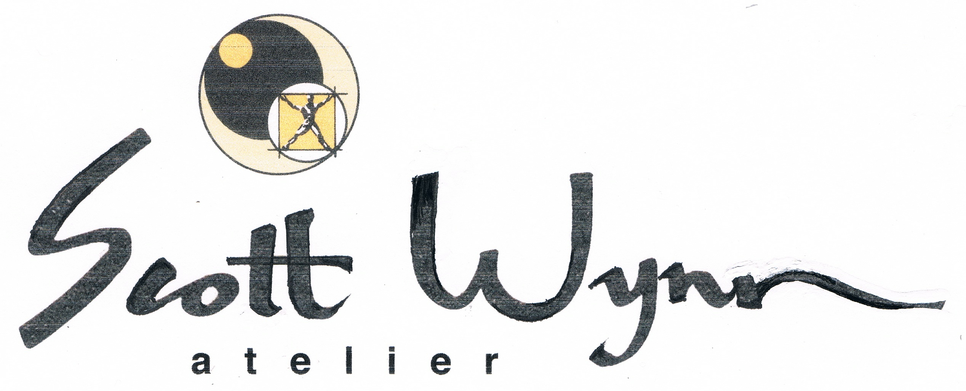WHAT IS THE BEST FINISH FOR WOOD? Part IV. June 23, 2015 18:10
How About Varnish?
Varnish gives very good film protection. The best formulations are hard, but not brittle, very abrasion resistant, and immune to common edible solvents. Up until 20 years or so it was probably the best finish you could put on.
But it is so difficult to work with.
Applying it has 3 major drawbacks:
The first is that varnish does not chemically bond with the previous coat of varnish. It must form a mechanical bond. This means that the previous coat must be pretty thoroughly sanded to guarantee that the next coat sticks to it. Now most finishes are sanded between at least some of the coats, so this doesn’t make varnish much different than many other finishes in this respect. The main problem is that, since the coats of varnish are not chemically blended into a homogenous film, you can sand through one or more layers and there will be a visible line where this happens — which cannot be erased or blended. All the coats must be sanded all the way back to bare wood to eliminate this line. Since you must sand between coats for bonding, and it is hard to brush layers of consistent thickness (and it’s not easy to spray), which will require a lot of large-block sanding to level the surface, there is a good chance that you will sand through a layer before you are done.
The second drawback is that it is slow drying, so it has plenty of time to catch dust as it sets up. This means that all the dust nibs must be sanded out between coats (you’re sanding anyway, but you must be thorough enough not to miss any), and the last coat has to be rubbed out in a meticulous sequence of abrasives to get rid of the nibs and give a proper sheen.
Which brings us to the last drawback: it doesn’t rub out easily. And if you’re using polyurethane, it actually doesn’t rub out at all. The final coat will have to be wet sanded (there are different procedures for this depending on who you’re talking to) through 3 or 4 grades of sandpaper, not stopping before at least 600 grit, followed by 0000 steel wool, and then possibly pumice and rottenstone, or their equivalent, depending on how much sheen you want. And all this must be done in one direction; any variation in direction or length of stroke will show. And if you cut through the top layer, you’re going to have to strip the entire finish and start over.
Polyurethane is worse. The problem with polyurethane is that it will not blend or “flow”. The minute scratches from each grit are preserved. The final rub out with steel wool and polishing compounds will not remove these, so you are not going to get a glossy surface. The best you can get is a satin — which will also show every lapse in your technique. Some varnishes and film finishes can be buffed using a power buffer, the heat of friction and force causing the finish to “flow”, filling the minute scratches. Not so with polyurethane.
With the number of finishes available, which by the way, are also often lower in VOC’s (toxic fumes) — did I mention the VOC’s? — that are equal in protection and far easier to apply, the use of varnish for furniture has fallen off considerably.
next: oil-and-varnish
